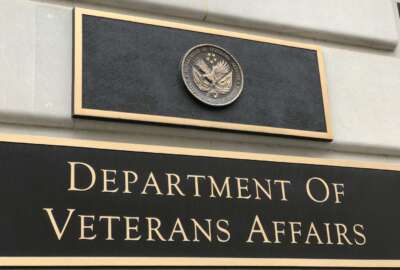USPS identifies 3,700 post offices for possible closure
Facing budget pressures and decreased demand from customers, the U.S. Postal Service identified 3,700 retail post office locations that could be closed. As pote...
wfedstaff | June 4, 2015 9:13 am
By Emily Kopp and Jack Moore
Federal News Radio
Facing budget pressures and decreased demand, the U.S. Postal Service wants to slim down its mammoth network of retail locations.
It has identified about 3,700 post offices, or about 12 percent of its stores nationwide, that could be closed.
USPS characterized the move as “optimizing” its retail network.
It will study the retail offices slated for review to “determine customer needs,” according to a USPS press release.
Postmaster General Patrick Donahoe pointed to the increasing use of “expanded access locations,” such as grocery stores and self-service kiosks, as well as USPS.com, in driving down demand for traditional offices.
“Our customers’ habits have made it clear that they no longer require a physical post office to conduct most of their postal business,” he said in the release.
USPS drafted the list based on foot traffic, revenue and workload at all post office locations.
It found that nearly 3,000 offices do little more than sell stamps.
“We have employees waiting around for customers to come into their lobby with two hours or less of work when nearly all of these operate for eight hours a day,” said Dean Granholm, USPS vice president for delivery and post office operations.
The rest of the list consists of post offices that are currently suspended or located within a few miles of more popular locations.
In Washington, D.C., 19 post offices, including locations at the Pentagon, the State Department and the U.S. Capitol, are on the list.
For communities that could see their local post offices shuttered, USPS has floated the idea of the “village post office” as potential replacements.
“It’s not just ‘close and leave a community,'” Donahoe said. “We will not do that.”
Rather, village post offices would still offer stamps and flat-rate packaging, for example, but would be operated by local businesses, such as pharmacies and grocery stores.
“By working with third-party retailers, we’re creating easier, more convenient access to our products and services when and where our customers want them,” Donahoe said.
He estimated that 4,000-5,000 employees, mostly postmasters, could be affected. Unions and associations representing postal staff oppose the cuts.
“Cutting service and closing post offices is not the answer to the USPS financial crisis,” said the American Postal Workers Union in an email.
The review process would allow for staff and community input and take about four months. After that, any proposed closures could be appealed to the Postal Regulatory Commission.
“While we do not have any hard data to point to, the Postal Service will undoubtedly find that their review will not end up closing this large number of post offices, delivery and retail units,” said Louis Atkins, president of the National Association of Postal Supervisors.
In the past, members of Congress also have opposed closures of their local post offices.
But the plan has the support of Congressman Darrell Issa (R-Calif.), who chairs the House Oversight and Government Reform Committee that oversees USPS, and who has sponsored legislation to reform it.
“Today’s announcement is a step in the right direction,” Issa said in a statement. “There are, however, many difficult decisions ahead that must be made to improve operations, reduce costs, and return the Postal Service to financial solvency.”
USPS has asked Congress to cut Saturday delivery service and allow it to regain some of the money that it says it has overpaid into the federal employee retirement system.
RELATED STORIES:
Postal Service looks to reinvent itself
Analysis: How can USPS get out of its financial hole?
Copyright © 2024 Federal News Network. All rights reserved. This website is not intended for users located within the European Economic Area.





